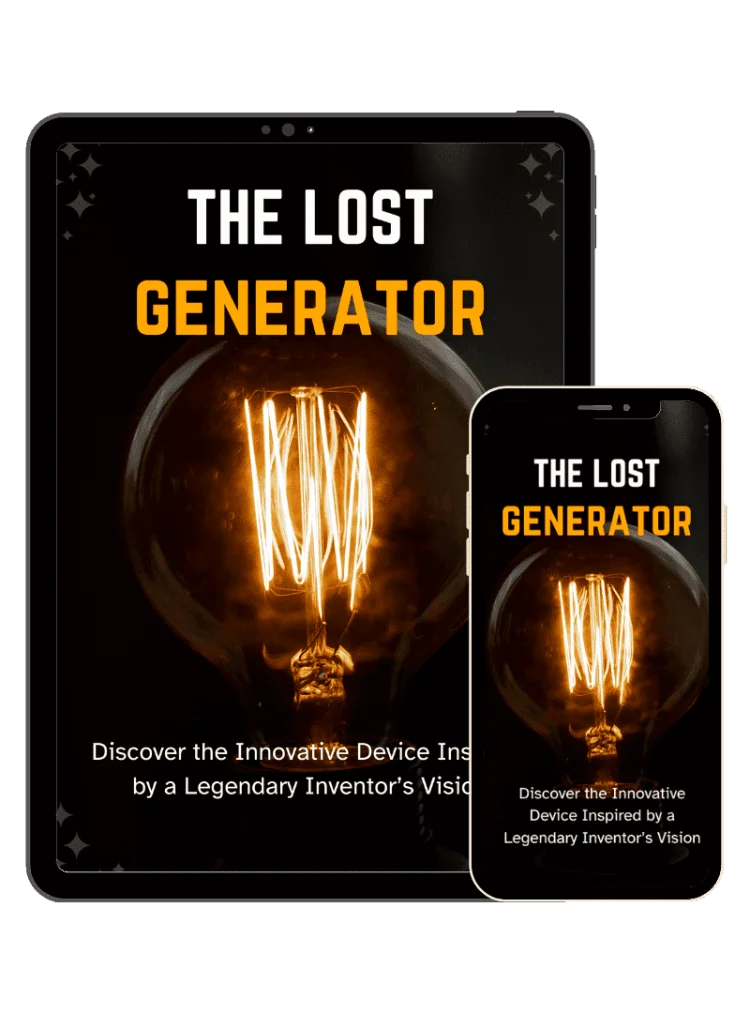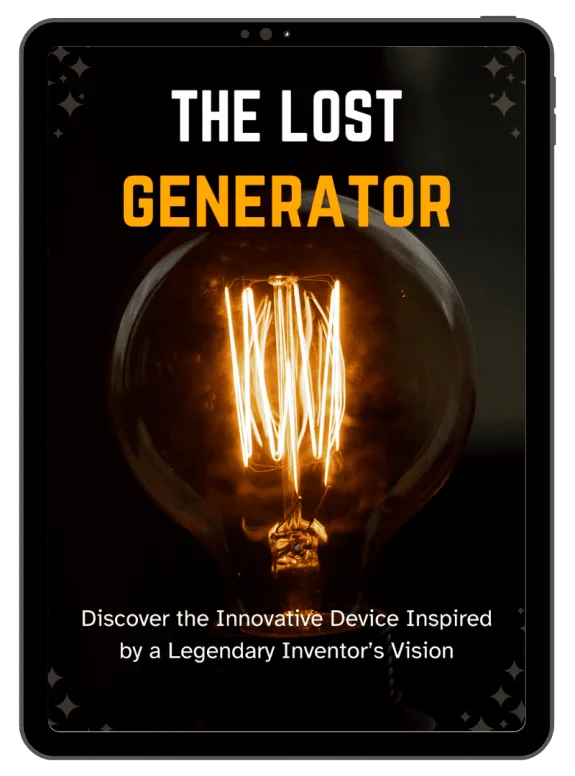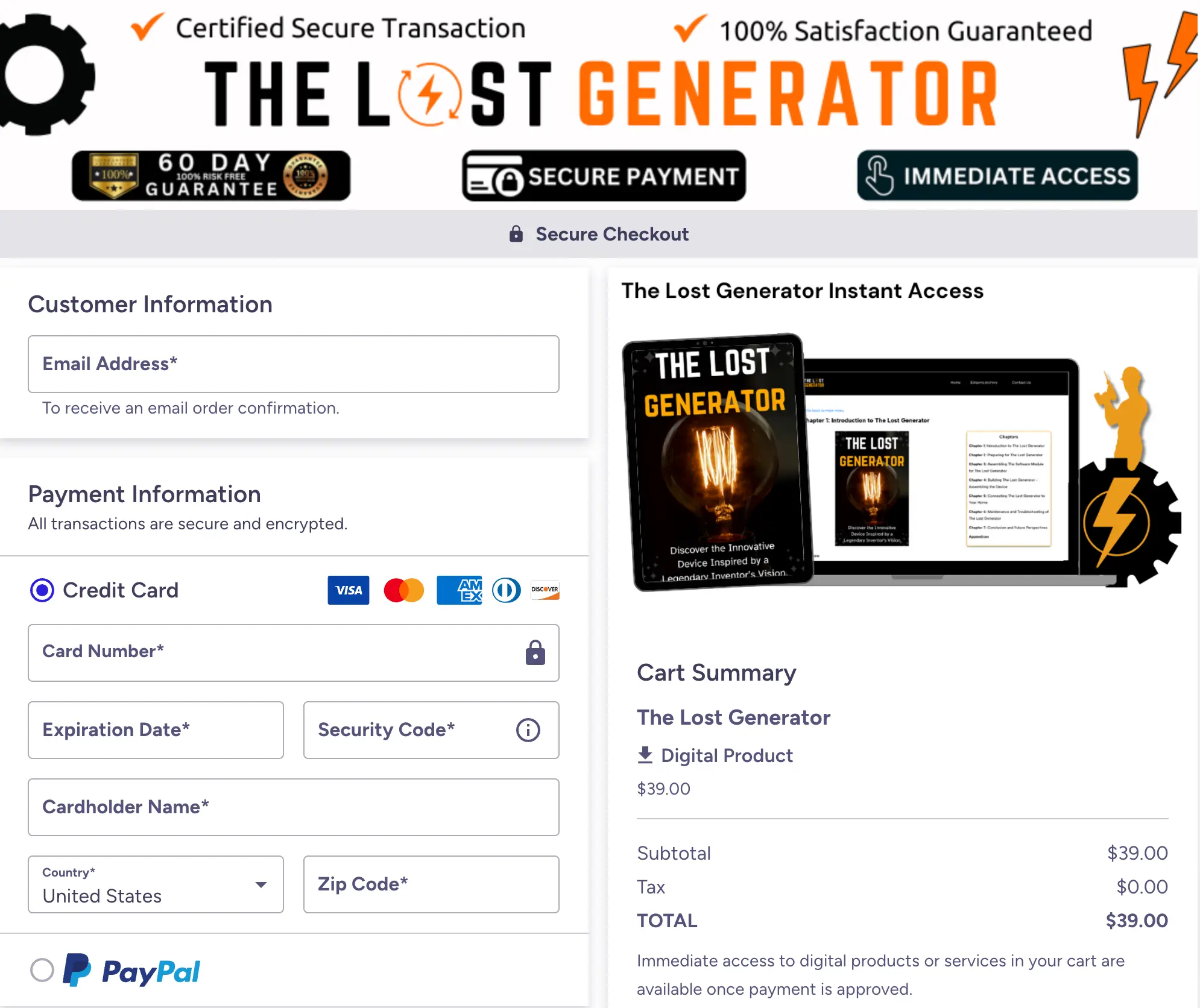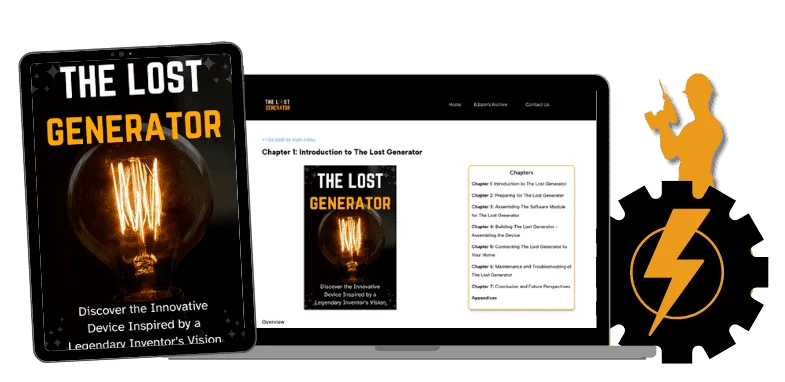The Lost Generator is an innovative digital program that provides detailed instructions to build a compact, fuel-free energy generator producing up to 300 watts of clean electricity. Designed for home use, it harnesses electromagnetic energy to power lights, small appliances, or chargers, ideal for off-grid or emergency scenarios. The program includes easy-to-follow blueprints, video tutorials, and a material list costing under $200. It’s accessible to anyone, requiring no advanced technical skills. The Lost Generator is a cost-effective, eco-friendly solution for energy needs.
Rooted in extensive research into electromagnetic technology, The Lost Generator is based on principles of energy conversion proven through decades of scientific study. Its creators, engineers with expertise in renewable energy, designed it to be efficient and user-friendly. The system uses durable, recyclable materials to ensure sustainability and affordability. The digital guide is produced with high-quality visuals and clear instructions, ensuring ease of use. This commitment to quality makes The Lost Generator a reliable choice for clean power.
The Lost Generator stands out for its focus on safety and simplicity, with components selected for durability and performance. The system is built to meet strict safety standards, ensuring safe operation in any home environment. It’s versatile, suitable for urban apartments or rural cabins, and requires minimal maintenance. The program’s transparent design explains each component’s role, empowering users to build confidently. The Lost Generator is a trusted tool for achieving energy independence.







